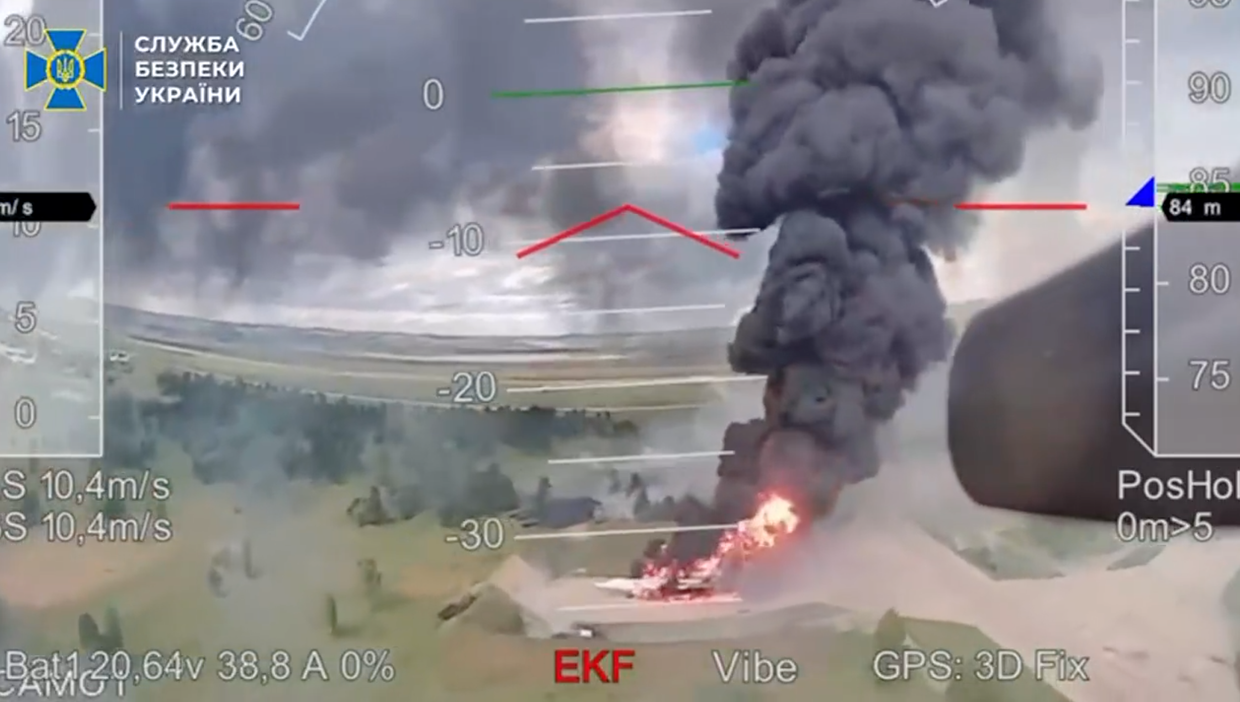-
People will die! What will become of Ukraine without the help of the USA? #shorts
-
Operation 'Spider Web': Ukraine's masterstroke thwarts massive Russian airstrike and redefines air warfare
In a daring move that thwarted Russia's ambitious plans for a large-scale air assault, Ukraine's Security Service (SBU) launched a strategic operation known as "Spider Web." Announced just a day ahead by Kremlin propagandists, this enormous potential attack on Ukraine was averted, reports the Russian media outlet Texty.
On May 30, the Russian outlet Bloknot released an article with the headline: "Operation 'Zeus Lightning': Putin Prepares a Devastating Strike on Ukraine If Istanbul Demands Are Rejected – Strategic Bombers Await Orders." During this time, OSINT experts noted unusual activity at airbases housing Russia's strategic bombers. The Kremlin was marshaling scores of Tu-22M3 and Tu-95MS bombers to the Olenya and Engels bases in preparation for their planned colossal assault.
In the face of the Kremlin's grand schemes, dubbed "Zeus Lightning," Ukraine not only withstood the pressure but struck back with an action that rewrote the rules of modern air warfare.
While Russian propaganda heralded the upcoming "unprecedented" missile onslaught, threatening Kyiv with a "devastating strike" if it refused Moscow's ultimatums, Ukraine's SBU was quietly orchestrating its own audacious and more effective counter-move.
Russian state media painted a vivid picture of how Putin was supposedly preparing a crushing blow against Ukraine. According to these narratives, large numbers of Tu-22M3 and Tu-95MS bombers had been concentrated at the Olenya and Engels airfields. With florid language, they predicted a "limitless missile barrage" meant to warn the West of the consequences of a potential conflict with Russia.
Reports indicated that up to 40 Tu-22M3 (from the 60 Russia possesses), as well as an array of other strategic aircraft, including Tu-95MS and Tu-160s, were relocated to "Engels."
Both airbases reportedly buzzed with activity, accommodating Il-76 transport planes carrying new missiles – a level of mobilization unheard of in the past three years.
Kremlin officials openly threatened a swift and tough conclusion to their operations if Ukraine refused the proposed memorandum. However, these bombastic threats dissolved into nothing by June 1. That day, Ukraine executed the unprecedented operation, targeting four key Russian strategic airfields: Beloye, Dyagilevo, Olenya, and Ivanovo.
The meticulous execution by the SBU was a jolting setback for Russian strategists. According to Ukrainian intelligence, the operation struck 41 aircraft units, including rare and valuable A-50 early-warning aircraft and strategic bombers like the Tu-95, Tu-22M3, and Tu-160, all capable of delivering nuclear payloads. Ukraine successfully neutralized approximately 34% of Russia’s strategic missile carriers on their primary bases.
This operation not only diminished the threat of future missile attacks but also undermined Russia's so-called "missile club," used to intimidate Ukraine and the West.
-
Encircled and out of options, Russian battalion considers tactical retreat from Tetkino area amid Ukrainian pressure
n a developing situation near the village of Tetkino in the Kursk region, Russia may soon begin withdrawing its troops as conditions rapidly deteriorate for the Russian garrison there.
The battalion has become encircled by Ukrainian Armed Forces, with the possibility of a tactical retreat now under discussion, reports the Russian Telegram Channel Northern Channel.
According to reports, the 1st Battalion of the 56th Airborne Regiment of the Russian Armed Forces is currently trapped in Tetkino. Supply and retreat routes are under the full control of Ukrainian Defense Forces.
"At Tetkino, based on our information, the Command of the Group North is considering a withdrawal plan for the battalion. It's simple. There is neither the strength nor the capacity to fully supply them or break the encirclement," stated Northern Channel.
The channel noted that the command hesitates to make a decision on the withdrawal, as the situation might be beyond recovery. The group is at high risk of being decimated during the retreat.
"The plan is not approved yet, as the risk of losses during the withdrawal is significant. Withdrawing troops is not just a step back. Sometimes it’s more challenging than assuming a position. The main goal now is to ensure that this rescue attempt does not escalate into a larger disaster," "Northern Channel" shared.
Ukraine has yet to comment on the situation.
-
Massive ATTACKS on UKRAINE! Russia launches more than 100 DRONES at CIVILIANS in one night
-
Situation 'tense' as Russian troops try to enter Dnipropetrovsk Oblast, Ukrainian military says
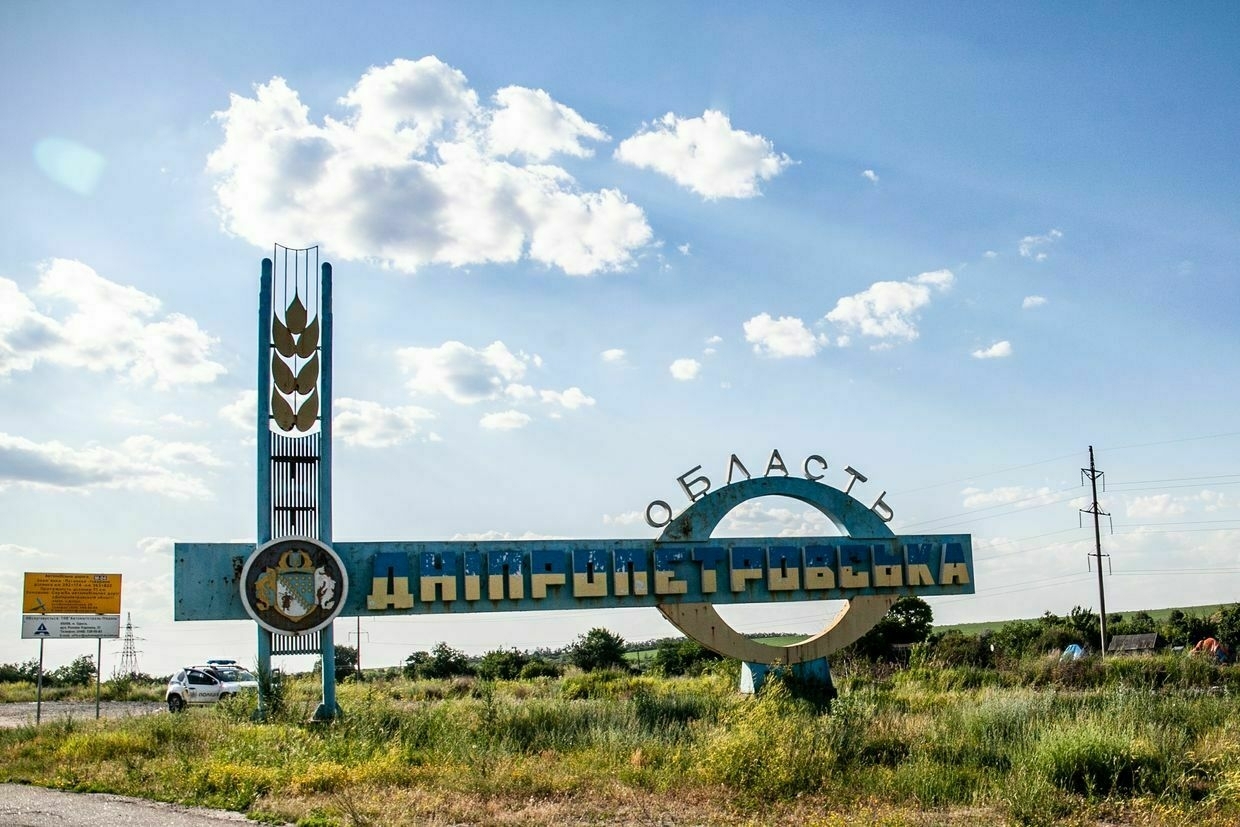
Russian forces continue their efforts to break into Dnipropetrovsk Oblast, Ukraine’s Southern Defense Forces reported on June 8, saying that the situation around the 31st Separate Brigade’s positions remains “tense.”
“The enemy has not abandoned its plans to enter Dnipropetrovsk Oblast,” the Southern Defense Forces wrote on Telegram. “Our soldiers are bravely and professionally holding their section of the front, thwarting the occupier’s plans.”
The comment follows the Russian Defense Ministry’s June 8 claim that its forces had entered Dnipropetrovsk Oblast. Ukrainian authorities have not confirmed this, and no independent evidence has surfaced so far to support the Russian statement.
The 31st Brigade is deployed in the Novopavlivka direction, where Donetsk, Zaporizhzhia, and Dnipropetrovsk oblasts converge. Since 2014, Russian aggression has heavily impacted Donetsk Oblast, while Dnipropetrovsk Oblast has remained free from direct incursions.
On May 21, Ukrainian officials rejected similar claims that Russian troops had reached Dnipropetrovsk Oblast’s administrative boundary.
Serhii Lysak, head of the regional military administration, called the reports “fake,” citing doctored photos allegedly showing Russian soldiers in the area.
The Ukrainian monitoring project DeepState analyzed one such image and determined it had been taken in Troitske, a village in Donetsk Oblast.
As a precaution, Dnipropetrovsk Oblast began mandatory evacuations of children and families from four front-line villages in late April — Kolona Mezhova, Novopidhorodne, Raipole, and Sukhareva Balka — located just 5 to 15 kilometers from Russian positions.
Despite the lack of verified ground incursions, Dnipropetrovsk has endured frequent Russian missile, drone, and aerial attacks since the full-scale invasion began.
The ongoing Russian advance occurs as peace efforts remain stalled, and U.S.-brokered negotiations have failed to achieve a ceasefire.
US expects Russia’s retaliation for Operation Spiderweb to continue soonOne official told Reuters that while the timing remains unclear, a retaliatory strike could be expected in the coming days and is likely to be “asymmetrical.”The Kyiv IndependentTim Zadorozhnyy
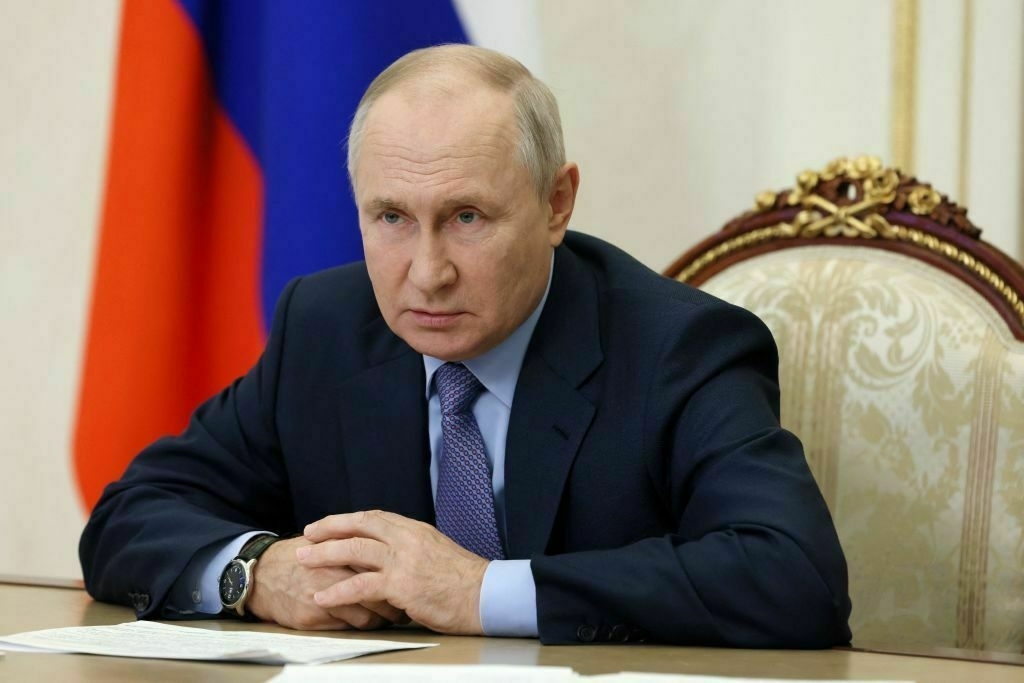
-
Trump administration redirects 20,000 anti-drone missiles meant for Ukraine, Zelensky confirms
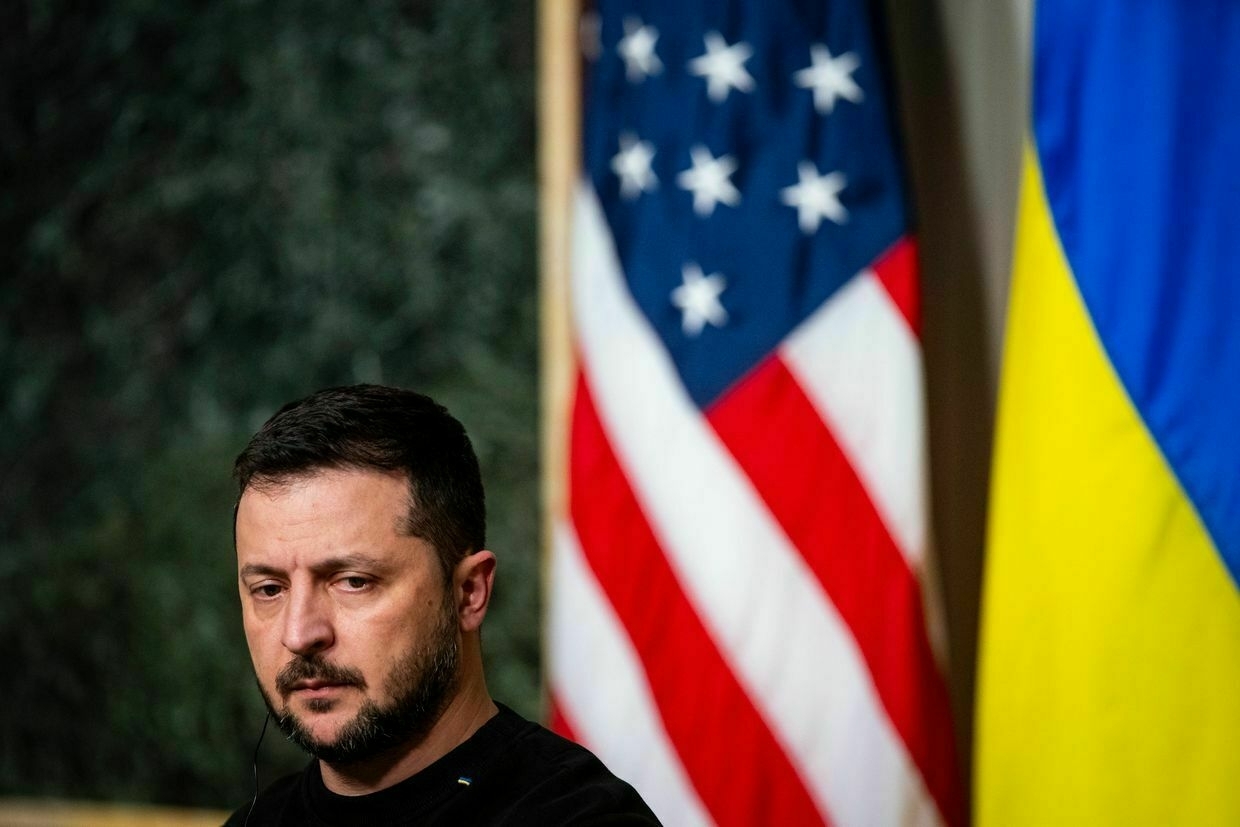
President Volodymyr Zelensky confirmed that U.S. President Donald Trump’s administration diverted 20,000 anti-drone missiles originally intended for Ukraine to American forces in the Middle East, in an interview with ABC News published on June 8.
Zelensky said Ukraine had counted on the missiles to help counter relentless Russian drone attacks, which include swarms of Iranian-designed Shahed-type drones. On June 1, Russia launched a record 472 drones in a single night.
“We have big problems with Shaheds… we will find all the tools to destroy them,” Zelensky said. “We counted on this project — 20,000 missiles. Anti-Shahed missiles. It was not expensive, but it’s a special technology."
Zelensky said the plan had been agreed upon with then-U.S. Defense Secretary Lloyd Austin and was launched under President Joe Biden’s administration.
The Wall Street Journal reported on June 4 that the Trump administration had redirected the munitions, which include special fuzes used in advanced rocket systems to intercept drones, toward U.S. forces stationed in the Middle East.
The Pentagon reportedly informed Congress in a classified message that the reallocation of the fuzes for the Advanced Precision Kill Weapon System was deemed an “urgent issue” by current Defense Secretary Pete Hegseth.
A Ukrainian military intelligence (HUR) source told the Kyiv Independent on June 4 that Russia is preparing to launch more than 500 long-range drones per night in future attacks, as Moscow rapidly scales up drone production and constructs new launch sites.
The Trump administration has halted the approval of new military aid packages to Ukraine since the start of his second term in January.
Trump has repeatedly expressed skepticism about continued assistance to Kyiv and temporarily suspended military shipments earlier this year, only resuming them after Ukraine agreed to a ceasefire framework during peace talks in Jeddah on March 11.
Hegseth, who ordered the temporary halt, did not attend the most recent Ukraine Defense Contact Group meeting on June 4 — the first such absence by a U.S. defense chief since the beginning of the full-scale invasion.
Ukraine has urgently called on Western partners to expand investments in domestic arms production and deliver more air defense systems, including U.S.-made Patriots, to counter intensifying Russian airstrikes.
Despite growing international appeals and Kyiv's offer of a 30-day ceasefire as the basis for peace talks, Moscow continues to reject the proposal.
Trump, who spoke by phone with Russian President Vladimir Putin on June 4, has refused to impose new sanctions on Russia, saying he is focused on pursuing a negotiated ceasefire.
Elon Musk’s father to attend pro-Kremlin event in Russia hosted by far-right ideologueAmong the forum’s panels are sessions titled “Russian Space: The Race for Mars” and “The Battle for Hearts and Minds: The Ideology of Sovereign Russia.”The Kyiv IndependentTim Zadorozhnyy
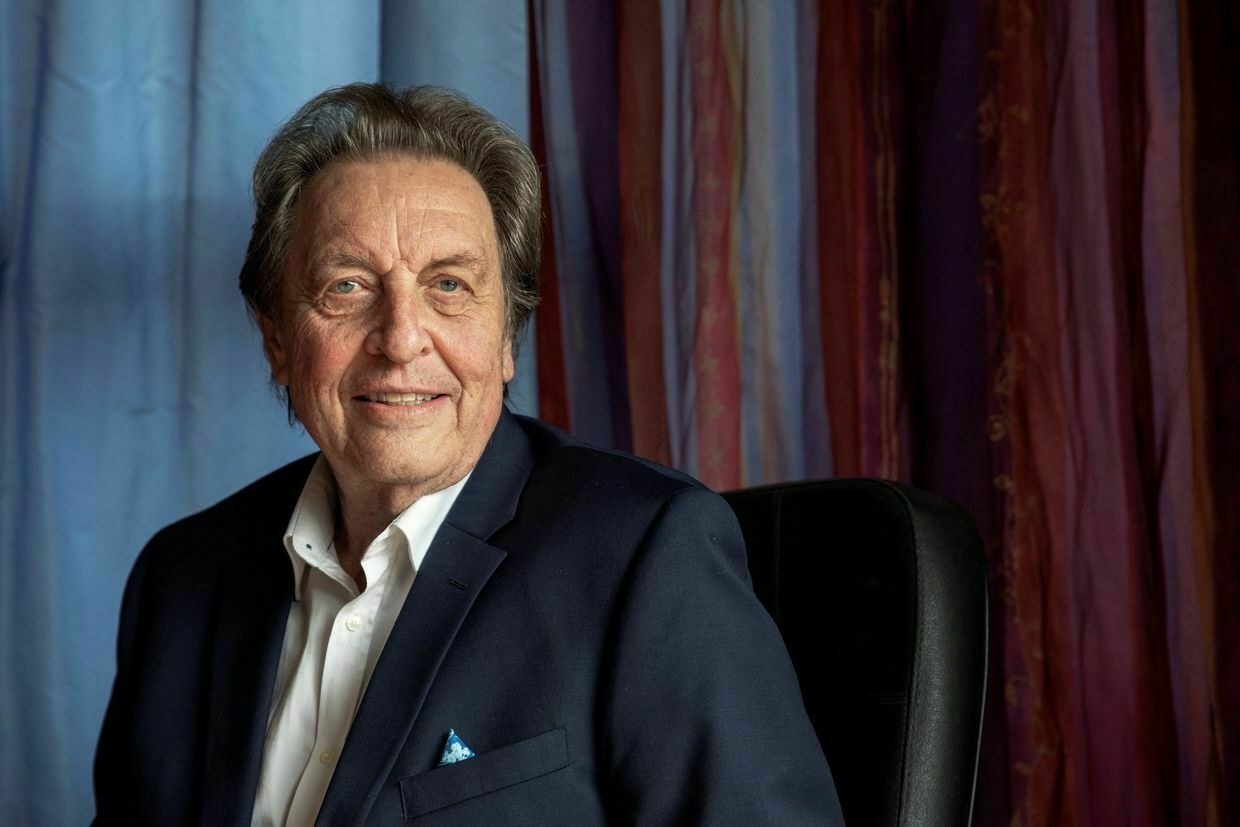
-
Ukrainian strike destroys Russian Iskander missile system, claims lives of eight soldiers
Russian news outlet Astra has reported that Ukraine successfully destroyed a Russian Iskander missile system in the Bryansk region, resulting in the deaths of eight Russian soldiers. Citing informed sources, Astra disclosed that the Ukrainian forces targeted the missile system along with its crew.
The strike occurred early last Thursday, June 5, near the village of Martyanovka, located approximately 50 kilometers from the Ukrainian border.
Multiple rockers were reportedly used in the attack.
The targeted unit, according to the Ukrainian General Staff, was part of the 26th Missile Brigade of the Russian Armed Forces. Reports indicated the Iskander system was destroyed while being prepared for a ballistic attack on Kyiv.
Ukrainian President Volodymyr Zelensky revealed that defense forces have destroyed three Iskander systems this week.
"Our soldiers have successfully destroyed Russian positions that were used to assault Ukraine and our citizens this week. Three Iskander systems, the murderers, have been neutralized," Zelensky stated.
-
Oil depot in Engels ablaze for third day after Ukrainian drone attack
An oil depot in Engels, Saratov Oblast, Russia, has been ablaze for three days straight after an attack by Ukrainian forces during the night of June 6, according to Russian outlet Astra. The fire continues to rage at the Kristall oil depot, which is situated near a strategic Russian aviation base. The black smoke can be seen from various parts of the city.
In response, Russian officials are assuring the people of Engels that the air quality remains unaffected by the fire. "Experts from Rospotrebnadzor are continually monitoring the air quality. Analyses of samples taken today have not detected any harmful substance concentrations exceeding limits within the residential areas of Engels. Sampling will continue until the fire is completely extinguished," the regional authorities stated.
On June 1, the Ukrainian Security Service (SBU) struck 41 Russian strategic aircraft at four military airfields deep within Russian territory. Drones targeted and damaged aircraft, including A-50, Tu-95, Tu-22 M3, and Tu-160 models.
-
Russian forces advance in Northern Sumy region: capture village of Lokhnya amidst intense clashes
June 8 marked a significant shift in the northern Sumy region as Russian troops took control of Lokhnya, a locality north of Yunakivka, reports DeepState.
The area marked as the "red" zone on the regional map has now surpassed 189 square kilometers. The Institute for the Study of War (ISW) report indicates multiple advancements by Russian forces, as confirmed by geolocational data:
- Northeast of Kondrativka
- South of Oleksiivka
- East of Yablunivka and Lokhnya
Despite the ongoing offensive, Ukrainian Forces have held their ground, successfully repelling 31 attacks in this sector over the past day. The General Staff of the Armed Forces of Ukraine reported 34 air strikes using 62 guided bombs alongside 196 artillery attacks, including two using multiple launch rocket systems.
DeepState analysts note Russian forces have approached within 20 kilometers of the city of Sumy, posing a direct threat through potential FPV drone strikes on urban infrastructure.
Significant concentrations of Russian troops are reported in Kondratovka and Alekseyevka, now under full Russian control, with active troop buildups suggesting preparations for further assaults. DeepState identifies potential subsequent targets as Khotin and Mala Korchakivka, where Russian units aim for entrenchment, especially dire in sectors like Novonikolaivka-Vorachyne-Yablunivka-Yunakivka, marked by crucial points under siege amidst infrastructural ruins. Russian forces heavily rely on infantry.
Russian strategies involve small assault groups backed by drones. Heavy equipment usage is minimal, focusing instead on extensive deployment of FPV drones and reconnaissance UAVs targeting logistics and positions.
Frontline Ukrainian soldiers corroborate these accounts. Aidar Battalion member Stanislav Bunyatov reports that Russians prioritize targeting Ukrainian drone operators.
"Our tactic hinges on eliminating infantry through UAVs, but continuous targeting forces our 'pilots' to retreat, causing buffer zones conducive for enemy advancements," he shared on social media.
-
Exchange of fallen soldiers' bodies expected next week, official says
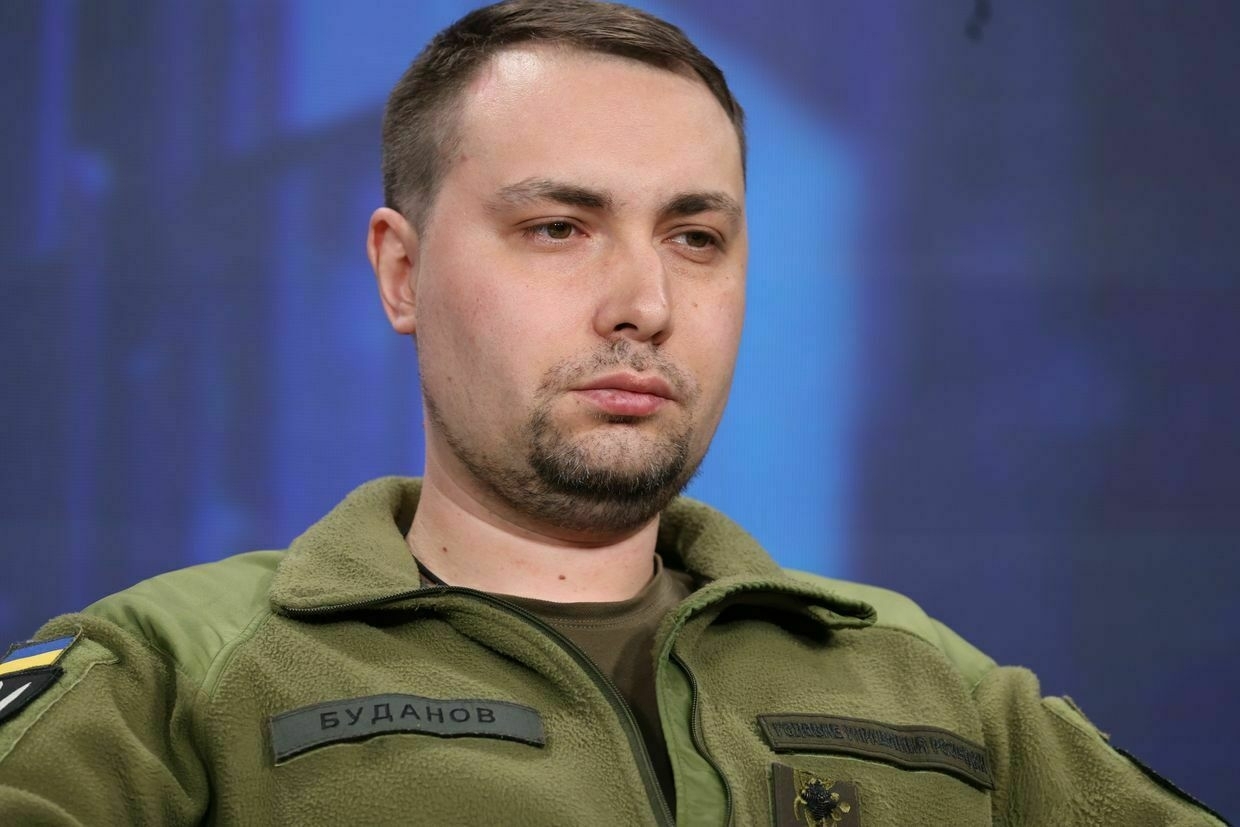
The exchange of the bodies of deceased soldiers, agreed upon during Ukraine-Russia negotiations in Istanbul on June 2, is scheduled for next week, Kyrylo Budanov, Ukraine’s military intelligence chief (HUR), said on June 8.
"The start of repatriation measures following the negotiations in Istanbul is scheduled for next week, as authorized persons were informed on Tuesday (June 3)," Budanov posted on Telegram.
Budanov’s statement comes just a day after Russia claimed that a prisoner swap had failed due to Ukraine’s fault — an accusation Kyiv denied.
Ukraine’s Coordination Headquarters for the Treatment of Prisoners of War (POW) said on June 7 that preparations for the exchange of bodies were underway, although no specific date had been confirmed.
Budanov condemned Russian propaganda efforts surrounding the matter.
“The attempts of some Russian propagandists to capitalize on human suffering, which they themselves are responsible for, sound particularly cynical,” he said. “Especially on the great feast of Pentecost, which we are celebrating today."
On June 7, Russian media published a video showing refrigerators allegedly containing the bodies of fallen Ukrainian soldiers, claiming they had been delivered for exchange.
POW Coordination Headquarters deputy head Andrii Yusov told Ukrainian Pravda that the footage had been filmed inside Russia and not at a designated exchange site.
According to Budanov, Ukraine continues to honor the terms agreed during the June 2 Istanbul talks despite mounting Russian information pressure and attempts to impose unilateral conditions.
At the Istanbul meeting, both sides agreed to a new round of prisoner exchanges involving severely wounded personnel and individuals aged 18 to 25.
Russia also pledged to hand over 6,000 bodies of deceased Ukrainian soldiers and officers. President Volodymyr Zelensky said on June 4 that the repatriation would follow the next POW swap.
The June 2 negotiations marked the second direct peace talks between Russia and Ukraine in Istanbul, after an earlier session on May 16. While no ceasefire or political settlement was reached, both rounds led to agreements on humanitarian measures.
Ukraine and Russia carried out the largest prisoner swap of the full-scale war from May 23 to 25, exchanging 1,000 captives each.
Ukraine has repeatedly urged Moscow to adopt an “all-for-all” prisoner exchange formula. While over 5,000 Ukrainians have been returned from Russian captivity since March 2022, Russia continues to resist a comprehensive swap.
-
Massive fire erupts at Hydromash plant in Russian-occupied Melitopol
A massive fire broke out on June 8 at the Hydromash plant in the occupied city of Melitopol, which Russian forces have repurposed as a repair base, report local Telegram channels, publishing footage of the blaze.
Eyewitnesses report that flames are reaching tens of meters high, with thick black smoke enveloping much of the city. The intensity of the fire is such that it is visible from most areas, including both the outskirts and central sections of Melitopol. While the cause of the fire is still being investigated, the Melitopol administration's press service stated that the fire originated in one of the plant's workshops.
Multiple firefighting units are currently at the scene, and special equipment is being deployed around the city. Due to the severe smoke, the bridge to New Melitopol, which runs near the plant's territory, has been closed off. Previously a civilian enterprise producing hydraulic equipment and pumps for various industries, the Hydromash plant was reportedly converted by Russian occupation forces for military infrastructure since the outbreak of full-scale war.
Notably, the Hydromash site has been attacked multiple times. According to the Ukrainian Center for National Resistance, earlier in 2023, the Russians had set up an ammunition storage facility there.
On June 2, 2025, explosions rattled occupied Melitopol. Reports indicated that strikes targeted electrical substations, leaving parts of Melitopol, as well as Primorsk, Energodar, Akimovka in the Zaporizhzhia region, Henichesk, and around 90 other settlements in the Kherson region without power.
-
When your hallway becomes a bomb shelter
Editor’s Note:
Tim here. Given the news of impending Russian attacks, I’ll be sleeping in my hallway tonight, as I expect many members of our team will.
This is Myroslava's last story before going on maternity leave. In the coming months, she will embark on a new stage in her life: motherhood.We’ve committed to giving her five months of fully paid maternity leave. Want to support us in doing that? Upgrade or tip below.
Almost everyone has a hallway. There are many like it, but this is mine.
Here, between the two walls, everything is ready: a flashlight, a phone charger, and Wi-Fi.
It isn't a shelter or a fortress, but here I feel at least somewhat safe.
With U.S. intelligence assessing that an additional "multi-pronged strike" on Ukraine is imminent in retribution for ‘Operation Spiderweb,’ I expect I’ll be spending a lot of time this week, the 37th week of my pregnancy. The strikes this week will be “huge, vicious and unrelenting," a Western diplomat told Reuters.
To escape missile strikes, explosions, and shrapnel, experts advise taking cover two walls away from the outside world. So after three years of air raids, these hiding places – hallways, bathrooms, pantries, and closets – have become the new centers of life in Ukrainian households.
The habit of hiding at home conveys a significant yet invisible story about how war alters homes, bodies, and psyches. It reflects how a person changes when danger becomes the backdrop to everything.
If you had to create a bomb shelter in your hallway, what creature comforts would you want to add? Let us know in the comments.
It was Friday, May 23, 2025, at 10:30 p.m., an excellent time to relax and enjoy the end of the working week.
My husband and I were lying in bed, drinking milk (yes, the reality of pregnancy is milk, not beer) and watching Indiana Jones. Our cats, Stuhna and Sheri, were peacefully watching the movie with us.
It could have been a typical movie night. But Ukrainians do not have this privilege.
At 10:50 pm, the air raid alert rang out on our phones.
We realised we needed to check the app to find out what was in the sky. Russian drones still seemed to be far from us, so we decided to keep watching the movie for now.
But then our peace was shattered almost immediately by an explosion.
With how loud it sounded, I realized it was close by.
After the paywall:
Why the corridor is not always safe;
How mothers act during Russian attacks and why it scares Myroslava;
How to cope with the fact that the place of protection – home – has turned into a place of fear.
-
Elon Musk's father to attend pro-Kremlin event in Russia hosted by far-right ideologue
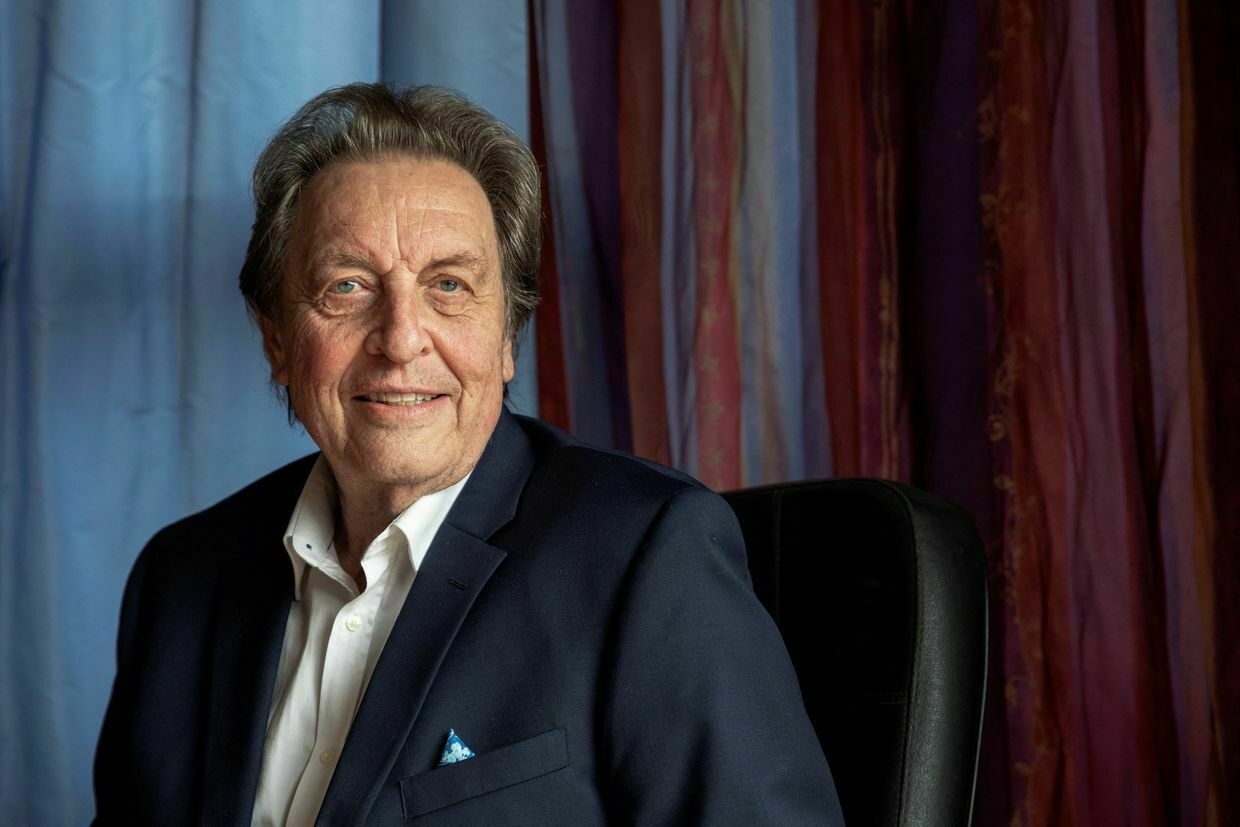
Errol Musk, the father of U.S. billionaire Elon Musk, has arrived in Moscow to attend the Forum of the Future 2050, a pro-Kremlin event scheduled for June 9-10, the Russian newspaper Kommersant reported on June 8.
The report comes amid a high-profile public conflict between Elon Musk, the world’s wealthiest businessman, and his former ally, U.S. President Donald Trump. In May, Musk announced he would step down as an advisor to Trump and as the de facto head of the Department of Government Efficiency. Since then, he has emerged as a major critic of the president.
The pro-Kremlin event will be hosted by the Tsargrad Institute and led by far-right Russian ideologue Alexander Dugin.
“I am eager to meet everyone. As far as I know, Russians are among the most intelligent people on the planet. It would be foolish not to ask their opinion on all sorts of issues,” Errol Musk was quoted as saying by the Russian state news agency TASS.
Among the forum’s panels are sessions titled “Russian Space: The Race for Mars” and “The Battle for Hearts and Minds: The Ideology of Sovereign Russia.”
According to Kommersant, scheduled speakers include Russian Foreign Minister Sergey Lavrov, oligarch Konstantin Malofeev, and prominent state TV anchor Ekaterina Andreeva.
Errol Musk, a former South African businessman and politician, has publicly praised Russian President Vladimir Putin, calling him “a strong leader” and saying that “it would be foolish not to admire Putin” in an April interview with BBC Russia.
Errol's attendance at the far-right event comes amid growing scrutiny of his son, Elon Musk, whose role as the head of SpaceX and the Starlink satellite network places him at the center of both U.S. defense operations and Ukraine's battlefield communications.
SpaceX holds billions in Pentagon and NASA contracts, including a $1.8-billion agreement with the U.S. intelligence community to build a classified spy satellite system.
Despite initially aiding Ukraine by providing Starlink terminals to stabilize battlefield communications, Elon Musk has increasingly echoed Kremlin-aligned narratives.
He has suggested that President Volodymyr Zelensky lacks public support in Ukraine and has repeatedly called U.S. aid a driver of a "never-ending draft meat grinder."
Those statements have been warmly received by Russian officials, military bloggers, and state media outlets, which have praised Musk as a voice of reason and a critic of Western involvement in the war.
Dmitry Novikov, deputy chairman of the Russian parliament's international affairs committee, said on June 6 that Moscow is ready to grant political asylum to Musk following his public dispute with U.S. President Donald Trump.
US expects Russia’s retaliation for Operation Spiderweb to continue soonOne official told Reuters that while the timing remains unclear, a retaliatory strike could be expected in the coming days and is likely to be “asymmetrical.”The Kyiv IndependentTim Zadorozhnyy
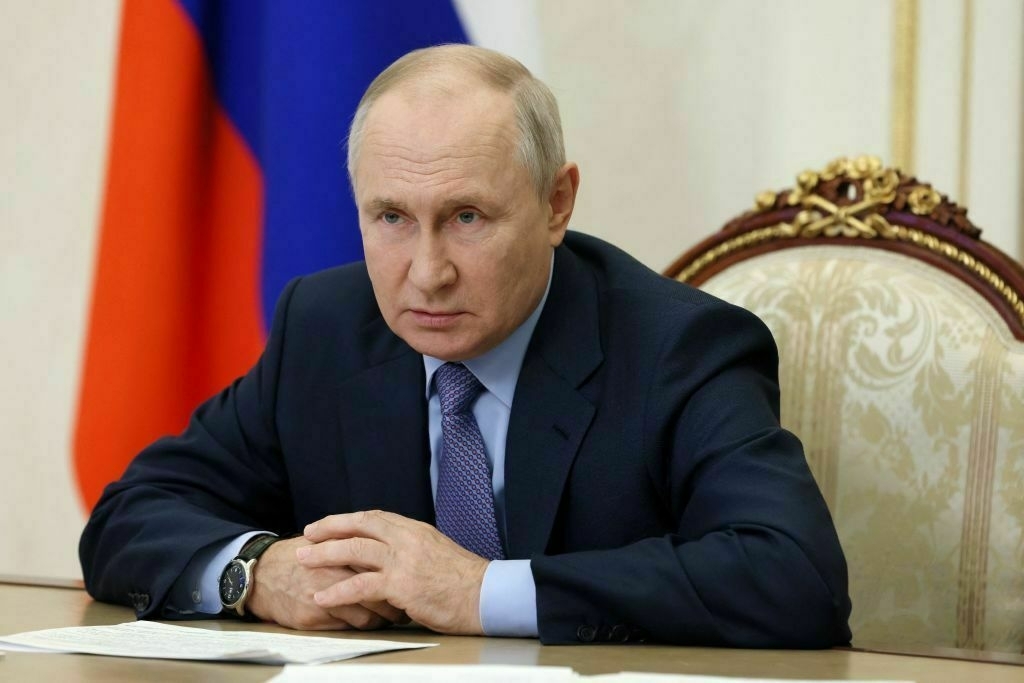
-
US expects Russia's retaliation for Operation Spiderweb to continue soon
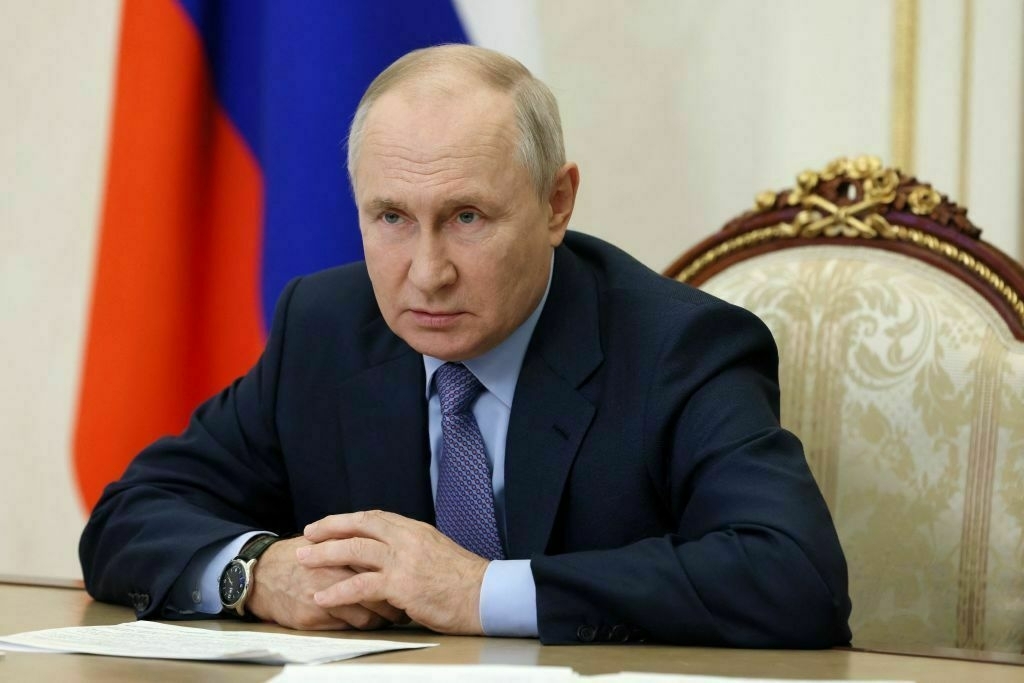
The U.S. believes Russia has not yet fully responded to Ukraine’s Operation Spiderweb and may soon launch another large-scale, multi-pronged strike following the massive June 6 attack, Reuters reported on June 8, citing unnamed U.S. officials.
One official told Reuters that, while the timing remains unclear, a retaliatory strike could be expected in the coming days and is likely to be “asymmetrical.” Another U.S. source said Russia would likely employ missiles and drones to hit a combination of targets.
The U.S. assessment follows the June 1 attack by Ukraine’s Security Service (SBU) on four Russian air bases using drones launched from trucks concealed within Russian territory.
Kyiv’s operation reportedly damaged 41 aircraft, including Tu-95 and Tu-22M3 bombers — two of Russia’s primary platforms for missile attacks against Ukraine.
The Kyiv Independent could not independently verify the number of aircraft hit. At least 21 planes were damaged or destroyed, according to open-source intelligence analysts.
A Western diplomatic source told the outlet that the Kremlin’s response could focus on high-value government sites, such as administrative buildings or intelligence facilities.
Michael Kofman, a military analyst with the Carnegie Endowment for International Peace, suggested Moscow may aim medium-range ballistic missiles at headquarters belonging to the SBU, which organized the operation.
On June 6, Russia launched one of its most intense aerial barrages of the full-scale war, firing 452 drones and 45 missiles at Ukrainian cities and infrastructure, according to the Air Force. The attack was likely part of Russia's response to Operation Spiderweb.
At least four civilians were killed, including emergency service workers, and 80 others were injured in the overnight assault, President Volodymyr Zelensky reported.
The June 6 strikes followed a phone call between Russian President Vladimir Putin and U.S. President Donald Trump on June 4, during which Putin reportedly vowed to retaliate against the Ukrainian drone operation.
U.S. officials say Moscow's June 6 barrage may not be the full extent of its response. Russia has carried out near-nightly air assaults in recent weeks, several of which predated Spiderweb, making it difficult to separate a targeted reprisal from Russia's ongoing campaign of attrition.
Shortly after the June 6 Russian attack, Trump seemed to justify the aggression against Ukrainian cities that was launched in response to Ukraine's Operation Spiderweb.
"They gave Putin a reason to go in and bomb the hell out of them last night," Trump told reporters aboard Air Force One on June 6.
Ukrainian drone strikes Russian Tu-22 bomber: SBU releases new footage of Operation SpiderwebThe video shows the flight path of an FPV drone from the moment it takes off from the roof of a modular building to the moment before it strikes a Russian Tu-22M3 strategic bomber at the Belaya air base in Siberia.The Kyiv IndependentAbbey Fenbert
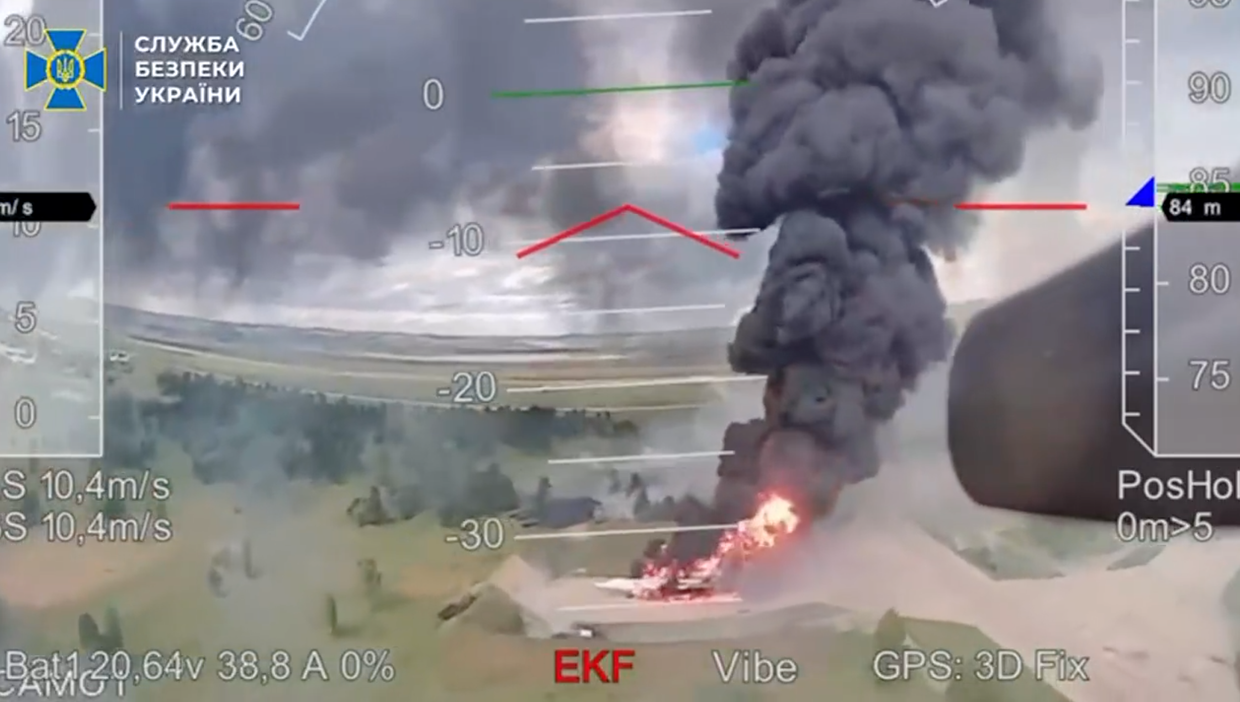
-
12 killed, 65 injured in Russian attacks on Ukraine over past day
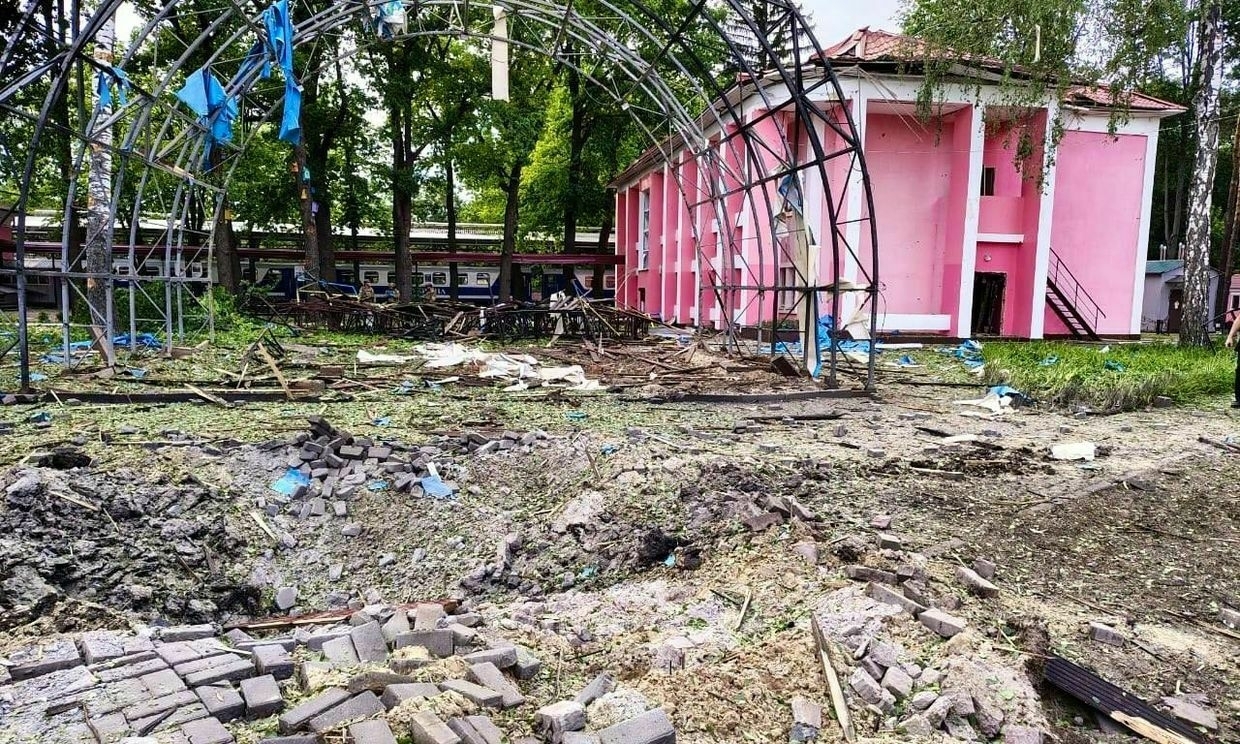
At least 12 civilians were killed and 65 others injured in Russian attacks across Ukraine over the past 24 hours, regional officials reported on June 8.
According to Ukraine’s Air Force, Russian forces launched 49 drones overnight, including Iranian-designed Shahed drones, along with an Onyx anti-ship missile and two X-59/69 guided air-launched missiles.
Air defenses intercepted 40 drones, while another 18 dropped off radar — likely decoys intended to overwhelm Ukrainian systems. Strikes were reported in at least five regions.
Six civilians were killed and 44 injured in Kharkiv Oblast, including in the city of Kharkiv and nine surrounding settlements, according to Ukraine’s National Police.
Among the victims were two children — a one-and-a-half-month-old infant and a 14-year-old girl — as well as two police officers and a State Emergency Service employee.
In Donetsk Oblast, Russian strikes killed four people — two in Yablunivka, one in Kostyantynivka, and one in Siversk — Governor Vadym Filashkin said. Nine more were injured in ongoing shelling across the front-line region.
In southern Ukraine, one civilian was killed and nine others injured in Kherson Oblast, where Russia struck residential areas and critical infrastructure, according to Governor Oleksandr Prokudin.
In Dnipropetrovsk Oblast, one man was killed when Russian forces dropped three guided aerial bombs late on June 7, Governor Serhii Lysak reported.
Two women were injured in Sumy Oblast early on June 8 when a strike drone hit the region. One of the victims is pregnant, local authorities reported.
One additional injury was recorded in Zaporizhzhia Oblast, where Russia carried out fresh attacks on settlements, Governor Ivan Fedorov said.
The attacks come as Moscow continues rejecting a complete ceasefire and escalates strikes targeting civilian areas across Ukraine.
Ukrainian drone attacks force airport shutdowns near Moscow, mayor saysRussia’s Defense Ministry claimed that 61 Ukrainian drones were launched between the evening of June 7 and the morning of June 8.The Kyiv IndependentTim Zadorozhnyy
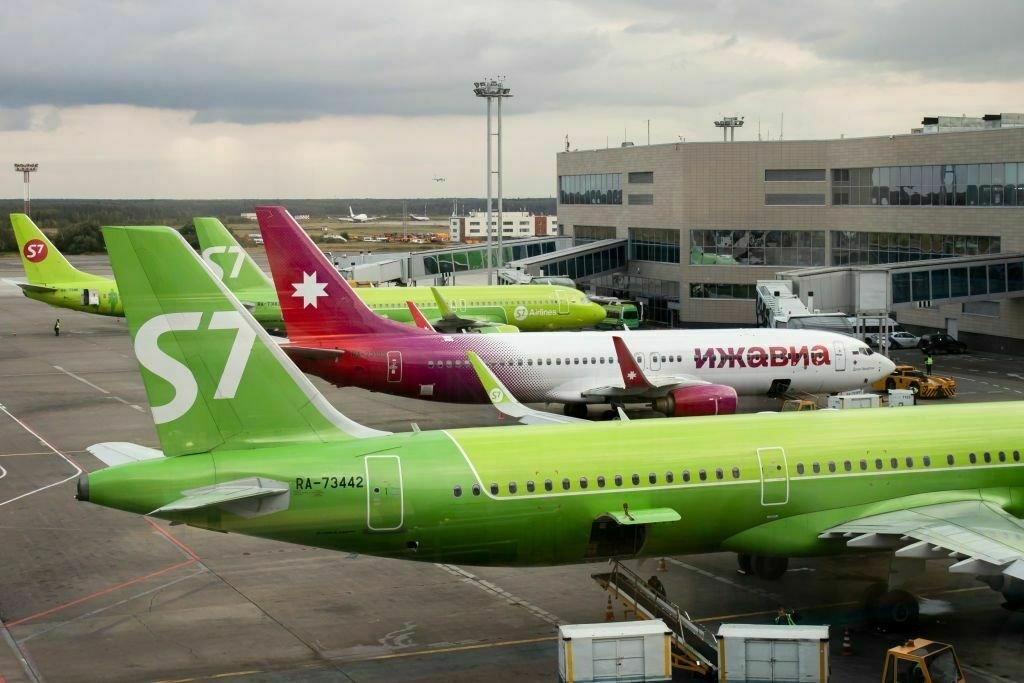
-
Russia captures village of Loknia in Sumy Oblast, monitoring group says

Russian forces have occupied the village of Loknia in Ukraine’s Sumy Oblast, the open-source battlefield monitoring group DeepState reported on June 8.
Located roughly 30 kilometers (some 18 miles) north of the city of Sumy, Loknia lies near the Russian border in a strategically exposed area.
While Russia’s Defense Ministry claimed control over the village on May 24, DeepState’s latest assessment marks the first independent confirmation of the development.
Ukraine’s General Staff has not yet commented on the matter.
Sumy Oblast, which borders Russia and three other Ukrainian oblasts — Chernihiv, Poltava, and Kharkiv — has seen escalating attacks in recent weeks as Russia intensifies cross-border operations.
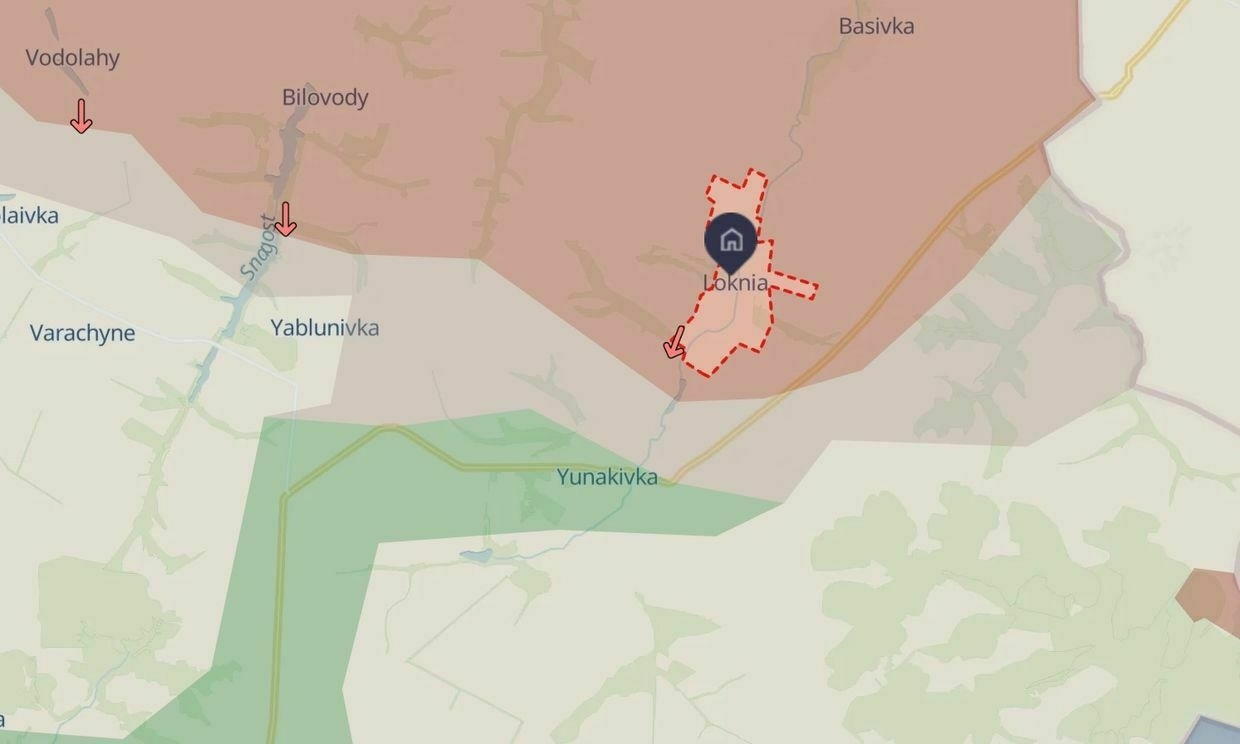
The estimated Russian advance in Sumy Oblast, Ukraine, as of June 8, 2025, according to DeepState map. A black symbol marks the village of Loknia. (DeepState / OpenStreetMaps) Russian advances into Sumy have gained momentum since Ukrainian forces withdrew from most of their foothold in Russia’s Kursk Oblast in March.
In May Russian President Vladimir Putin ordered his military to create a so-called “security buffer zone” along the border with Ukraine, while President Volodymyr Zelensky said on May 28 that Moscow had massed 50,000 troops near Sumy.
The situation has forced widespread evacuations. On May 31, regional Governor Oleh Hryhorov announced mandatory evacuation orders for 11 more villages due to intensifying attacks, bringing the total number of evacuated settlements in Sumy Oblast to 213.
As 50,000 Russian troops amass, Ukraine’s Sumy Oblast braces for potential large-scale offensiveReports of an imminent Russian summer offensive and troop build ups on Ukraine’s border are raising alarms in Sumy Oblast and fears that a large-scale assault could be on the horizon. Russian President Vladimir Putin on May 22 said he had ordered his military to create a “security buffer zone”The Kyiv IndependentAsami Terajima

-
Ukrainian drone attacks force airport shutdowns near Moscow, mayor says
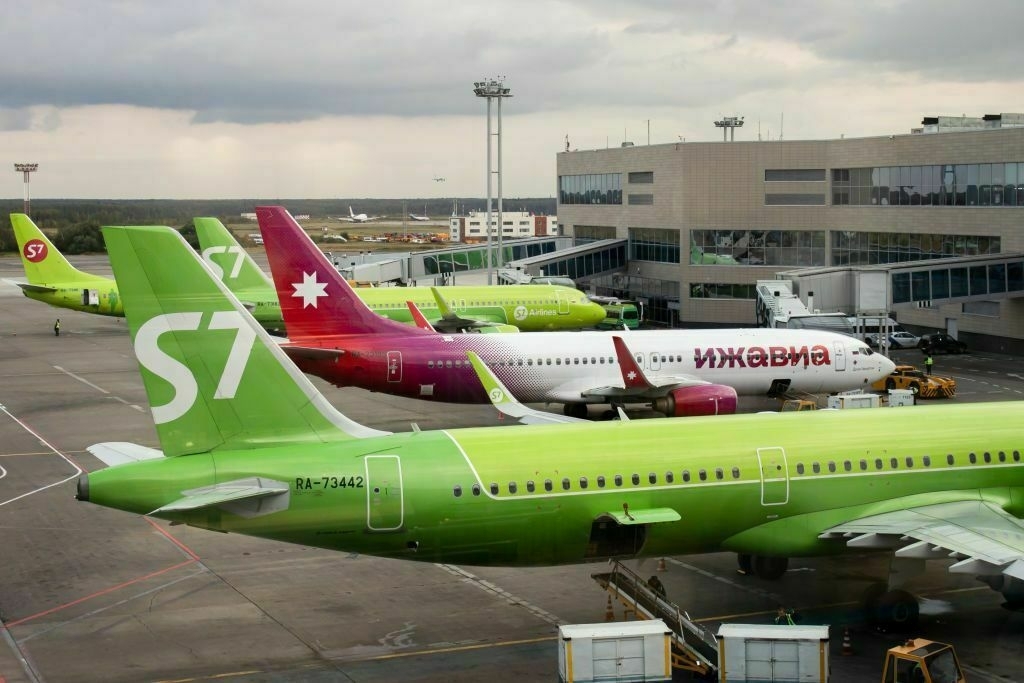
Moscow’s two major airports temporarily suspended operations early on June 8 due to a wave of Ukrainian drone strikes targeting the Russian capital and its surrounding regions, Moscow Mayor Sergei Sobyanin reported on Telegram.
According to Sobyanin, air defense units began intercepting drones flying toward Moscow shortly after 4 a.m. Between 5:59 a.m. and 8:19 a.m., he reported the downing of 10 drones in separate waves.
Each incident was followed by the deployment of emergency services to the crash sites.
The attacks forced authorities to temporarily close Moscow’s Vnukovo and Domodedovo airports — two of the city’s busiest hubs. Operations were reportedly suspended around 6:53 a.m. local time, disrupting passenger traffic and causing delays.
Russia’s Defense Ministry claimed that 61 Ukrainian drones were launched between the evening of June 7 and the morning of June 8, targeting Russian territory and occupied Crimea.
The ministry said drones were intercepted over Moscow and its suburbs, as well as in Bryansk, Belgorod, Kaluga, Tula, Oryol, and Kursk oblasts.
Ukraine’s military has not yet commented on the attack, and the Kyiv Independent cannot verify information provided by Russian officials.
Kyiv has stepped up its long-range drone campaign against Russia in recent months, particularly targeting Moscow and key military infrastructure. Though most drones are intercepted before reaching the capital, the threat has caused repeated disruptions to civilian air travel.
Since Jan. 1, Ukrainian drone raids have prompted at least 217 temporary airport closures across Russia, according to data from Rosaviatsia, Russia’s aviation agency, the independent outlet Novaya Gazeta Europe reported on May 14.
On the nights ahead of Russia’s Victory Day on May 9, drone strikes prompted widespread flight restrictions that affected travel plans for more than 60,000 passengers, according to the Association of Russian Tour Operators.
While Ukrainian officials have not publicly commented on the latest attacks, defense officials in Kyiv have consistently described strikes on military and logistical targets inside Russia as legitimate acts of self-defense amid Moscow’s ongoing aggression.
Ukraine’s new drone strategy — cripple Moscow’s airports, make Russian population ‘pay’Hundreds of Ukrainian kamikaze drones have flown towards Moscow in recent weeks. None appear to have even reached the Russian capital, yet the effect on the city — and the wider country — has been hugely significant. Ukrainian drones have forced at least 217 temporary airport closures across Russia since Jan. 1,The Kyiv IndependentTim Zadorozhnyy
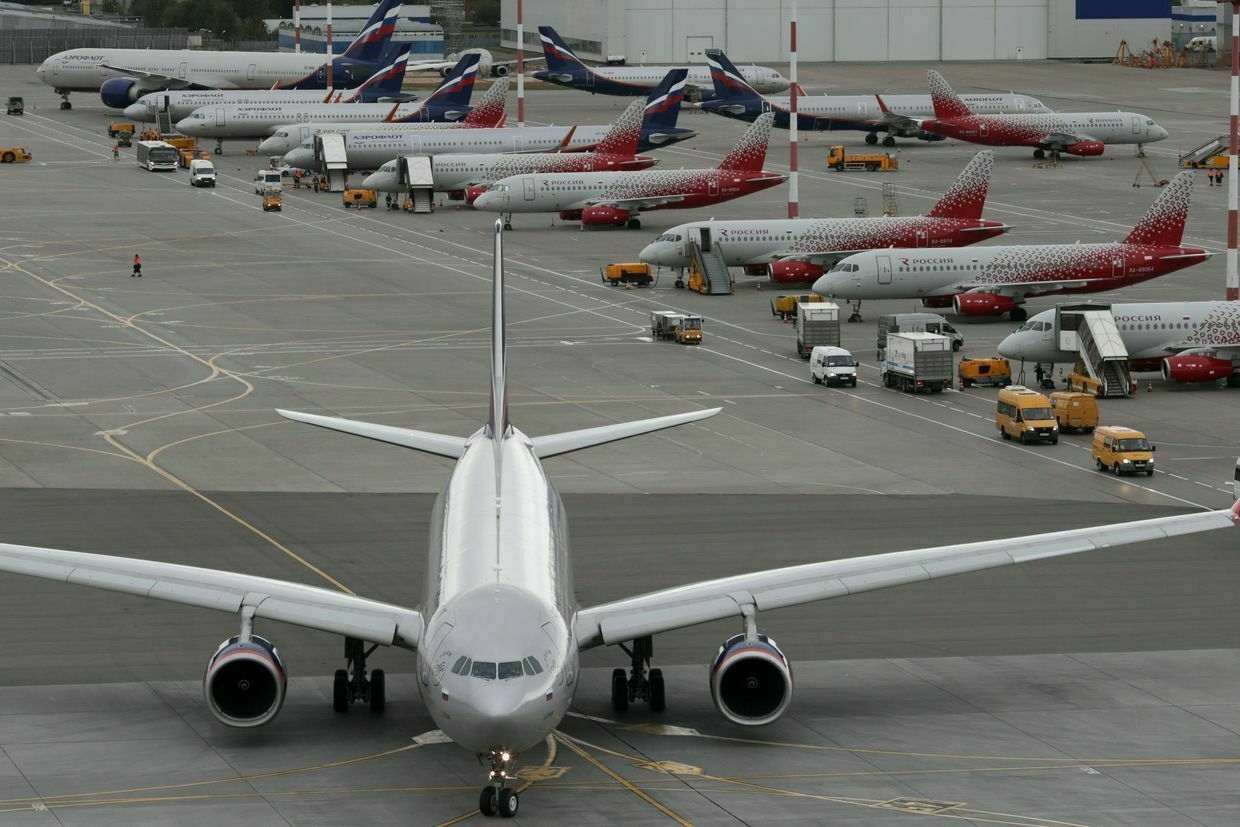
-
General Staff: Russia has lost 996,150 troops in Ukraine since Feb. 24, 2022
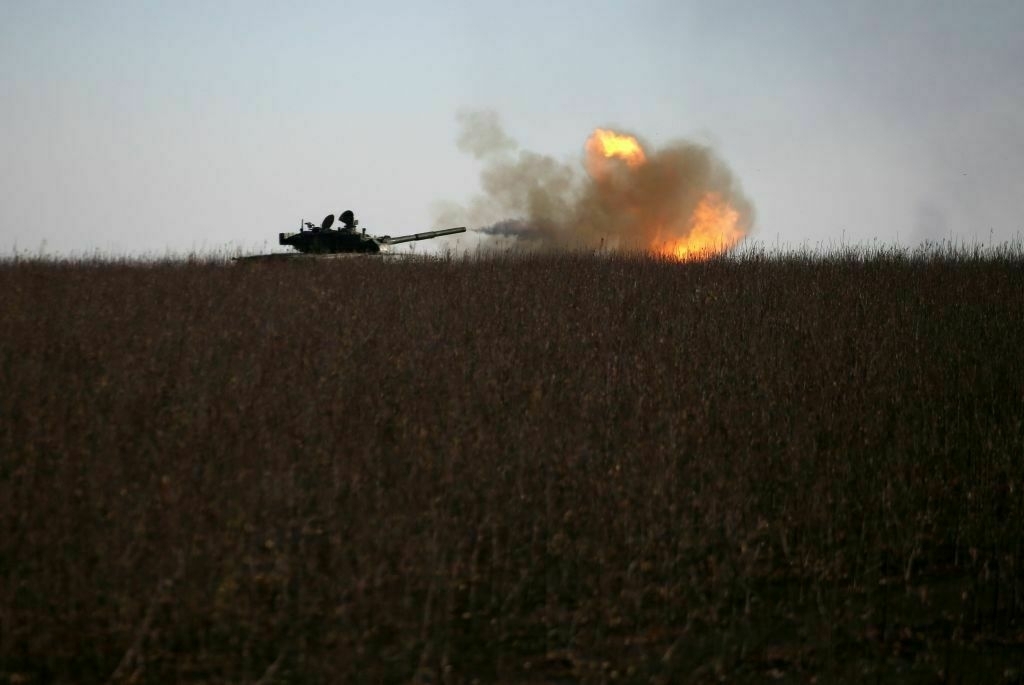
Russia has lost 996,150 troops in Ukraine since the beginning of its full-scale invasion on Feb. 24, 2022, the General Staff of Ukraine’s Armed Forces reported on June 8.
The number includes 1,120 casualties that Russian forces suffered just over the past day.
According to the report, Russia has also lost 10,911 tanks, 22,748 armored fighting vehicles, 51,225 vehicles and fuel tanks, 28,892 artillery systems, 1,410 multiple launch rocket systems, 1,183 air defense systems, 414 airplanes, 337 helicopters, 39,651 drones, 28 ships and boats, and one submarine.
Ukraine downs fighter jet in Russia’s Kursk Oblast, Air Force saysUkraine launched a cross-border incursion into Kursk Oblast in August 2024. Reinforced by North Korean troops, Russia launched a push to recapture the region in early March, with Ukraine being forced to pull back from much of the initially taken territory.The Kyiv IndependentDaria Shulzhenko
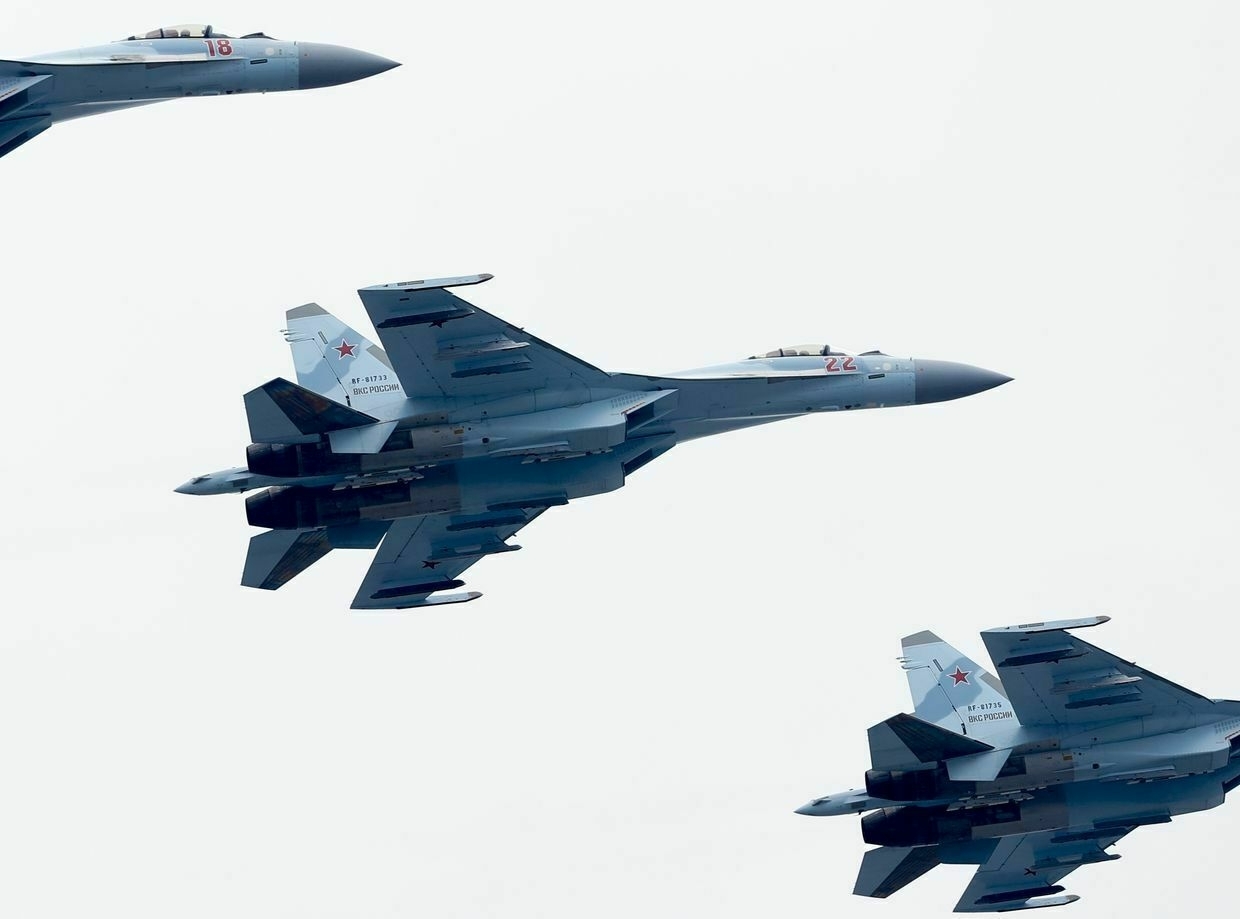
-
Finnish PM criticizes reported attempts by Trump to weaken Russia sanctions bill
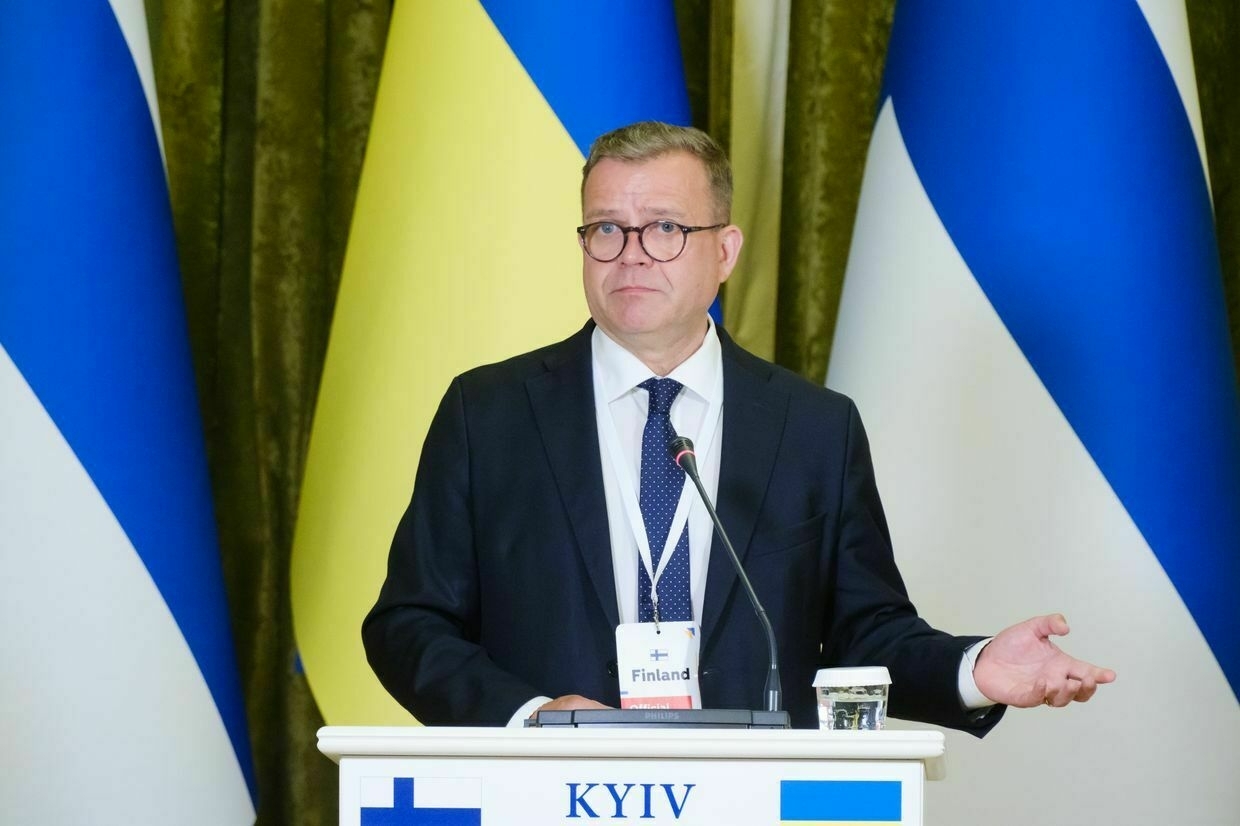
Finnish Prime Minister Petteri Orpo on June 7 criticized a weakened Russia sanctions bill amid reports that U.S. President Donald Trump is pressuring the Senate to weaken the legislation.
“We need to force (Russian President Vladimir) Putin to the negotiating table,” Orpo said at the Finnish National Coalition Party’s assembly on June 7.
“I hope that the United States passes it as quickly and as completely as possible,” Orpo told reporters at the assembly in Helsinki.
The White House is urging Republican Senator Lindsey Graham to soften a Russia sanctions bill he is leading, the Wall Street Journal (WSJ) reported on June 6, citing congressional staffers.
The bipartisan sanctions bill could introduce a 500% tariff on imports from countries that continue purchasing Russian oil and raw materials.
“We will discuss these issues at the (NATO) summit… We should get decisions now,” Orpo said.
A NATO summit is slated to take place June 24-26 in the Netherlands. The important meeting is expected to cover a wide range of issues, including defense spending and Russia’s war against Ukraine.
At a June 5 joint press conference alongside German Chancellor Friedrich Merz, Trump said lawmakers were waiting for his approval before advancing the Russian sanctions bill.
“They’ll be guided by me. That’s how it’s supposed to be,” Trump said. “They’re waiting for me to decide on what to do."
Senate Democrat Richard Blumenthal, who also leads the sanctions bill, has confirmed that negotiations have been taking place behind the scenes with White House officials.
Operation Spiderweb ‘gave Putin a reason to bomb the hell out of them,’ Trump says, following large-scale attacks on Ukrainian citiesU.S. President Donald Trump on June 6 appeared to justify Russia’s large-scale attack on Ukrainian cities launched the night before, in response to Ukraine’s Operation Spiderweb.The Kyiv IndependentDmytro Basmat
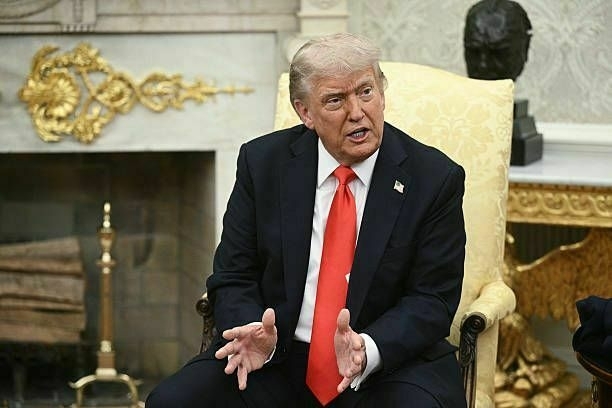
-
Russian agents who allegedly targeted Dnipro prosecutor with car bomb detained
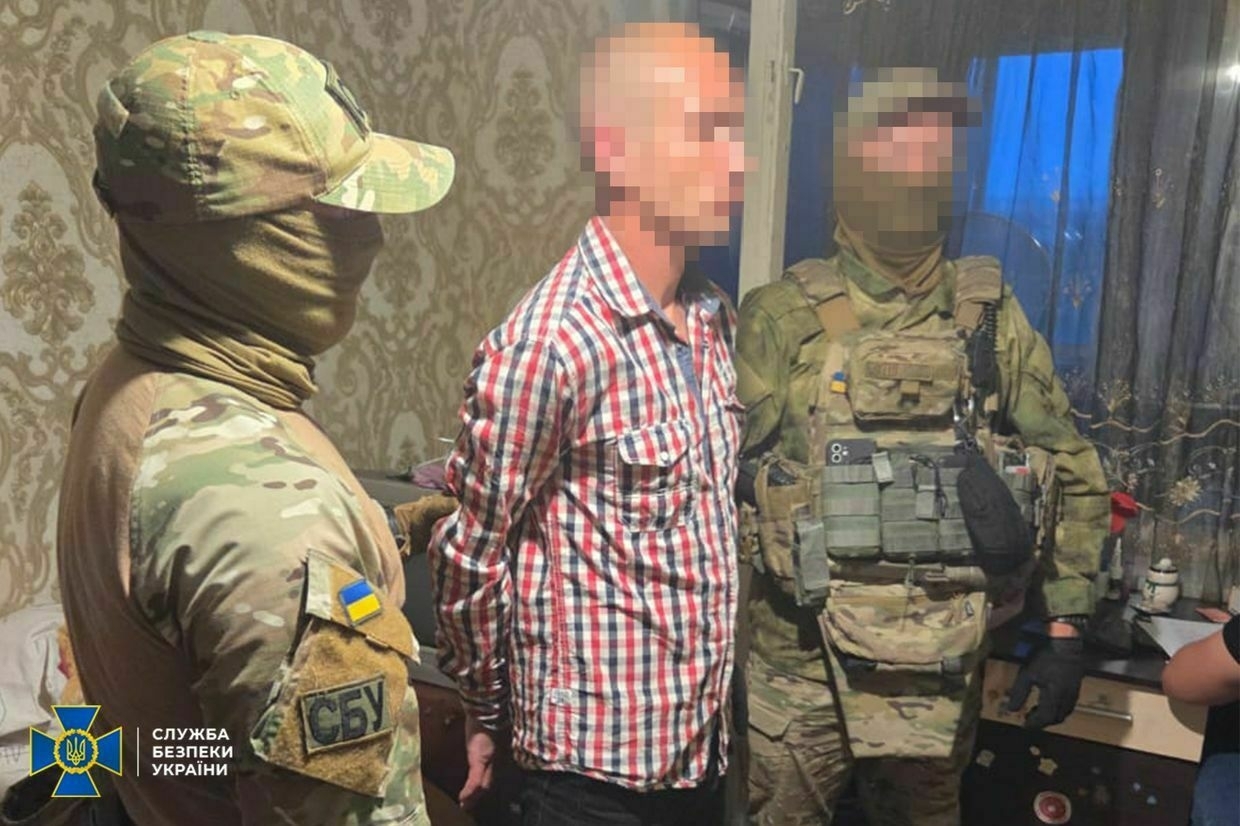
Two Russian agents were arrested by Ukraine’s Security Service (SBU) on June 7 after allegedly planting a car bomb targeting a Dnipro prosecutor on June 6.
“As the investigation established, the enemy agents turned out to be two men whom the Russian Federation recruited through Telegram channels,” the SBU said.
Russian intelligence regularly attempts to recruit Ukrainian civilians over social media to carry out terrorist attacks or gather information in exchange for money.
The two men allegedly planted an improvised explosive device (IED) under the car of a Dnipro prosecutor’s office employee.
“As a result of this crime, the law enforcement officer received minor injuries, and his vehicle was completely destroyed. According to doctors, the prosecutor’s life is currently not in danger,” the SBU said.
The detainees were instructed by Russian intelligence services to monitor the prosecutor, his daily schedule, and transport routes prior to the attack.
The two agents were then instructed to plant a car bomb and take photos and videos of the aftermath of the explosion.
“Currently, both detainees are giving law enforcement officers incriminating evidence against their curator and subversive work in the interests of the Russian Federation,” the SBU said.
The two suspects are being charged with committing a terrorist attack and could face up to 12 years in prison.
On June 5, the SBU said Russian intelligence operatives are impersonating the SBU in an expanded effort to recruit Ukrainian civilians for sabotage operations.
Ukrainian drone strikes Russian Tu-22 bomber: SBU releases new footage of Operation SpiderwebThe video shows the flight path of an FPV drone from the moment it takes off from the roof of a modular building to the moment before it strikes a Russian Tu-22M3 strategic bomber at the Belaya air base in Siberia.The Kyiv IndependentAbbey Fenbert
